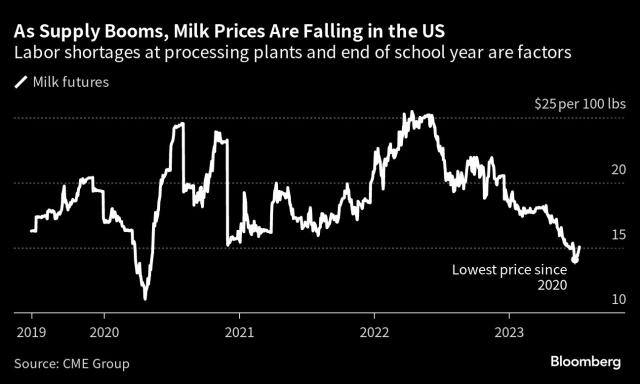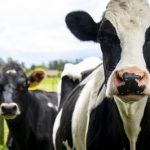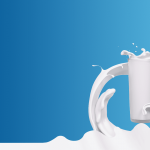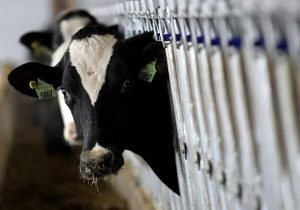
Processing plants in the Midwest have run out of capacity at a time when cows are making more milk than ever before.
There’s more milk than ever in the US but nowhere left to process it, forcing farmers across the Upper Midwest to pour the excess dairy down the drain.
The Milwaukee Metropolitan Sewerage District’s wastewater treatment system has been handling increased volumes of milk, a spokesperson confirmed, though he couldn’t verify how much. Since-deleted videos on social media earlier this summer showed farmers pumping thousands of gallons of excess milk directly onto their fields. Pete Hardin, editor of Wisconsin-based dairy publication The Milkweed, told local media the state’s milk supply with no home could fill as many as 50 trailers a day, each carrying 6,000 to 7,000 gallons.

“We know that milk is being dumped in other parts of the Midwest, not just Wisconsin,” said Laurie Fischer, the founder and chief executive officer of American Dairy Coalition. “At the same time, farms are making decisions as milk prices fall to their lowest levels since the worst period of the pandemic.”
The last time American farmers dumped milk en masse was during the early weeks of Covid-19, when the sudden closure of restaurants and schools threw off a delicate supply and demand balance. Unlike other supermarket staples that can halt the factory line when the market shifts, cows can’t just turn off their udders. Milk is highly perishable and requires expensive transportation, and farmers don’t have room to store it all themselves. Adding insult to injury, about 34 million people in the US are food insecure, but most large-scale dairy operations aren’t set up to process their own milk or sell it directly to consumers, resulting in the difficult decision to dump it.

Several factors are behind the latest glut. Across the US, milk production hit a record high in May, the latest government data show. And Wisconsin, the nation’s largest cheese-making state, has seen its milk output rise at twice the national rate this past year, Fischer said.
Despite recent memories of the pandemic, “farmers have continued to grow milk production, which has put us back into a surplus situation in the region,” said Nate Donnay, director of Dairy Market Insight at StoneX. Meanwhile, the scheduled end of the school year means kids are drinking less milk in the lunchroom than they were in the spring.
As supply rises, processors can’t keep up. About 90% of Wisconsin’s milk is made into cheese, and most of the plants are already filled to the brim. Labor shortages are making the issue worse, said Bob Cropp, professor emeritus and dairy marketing specialist at the University of Wisconsin-Madison. A sudden plant closure in Hastings, Minnesota, earlier this summer due to wastewater issues only exacerbated the issue.
They’re “unable to get other plants to take the milk because they have all the milk they need,” Cropp said of farmers across Wisconsin and Minnesota.
As a result, prices for milk are tanking. Benchmark Class III milk futures, a type that’s used in cheese-making, recently hit the lowest since spring 2020. Cheese is also coming down. That’s starting to trickle down to grocery stores, with consmer prices for milk inching lower for three straight months, government data show. The next US CPI report will come out Wednesday.
Going forward, some farmers are curbing production by sending more of their dairy cows to the slaughterhouse.
“Milk prices are far below farmer cost of production,” Lucas Fuess, senior dairy analyst with RaboBank, said. “I expect the herd size and milk production to decline in the coming months as farmers make adjustments due to the low prices.”

























